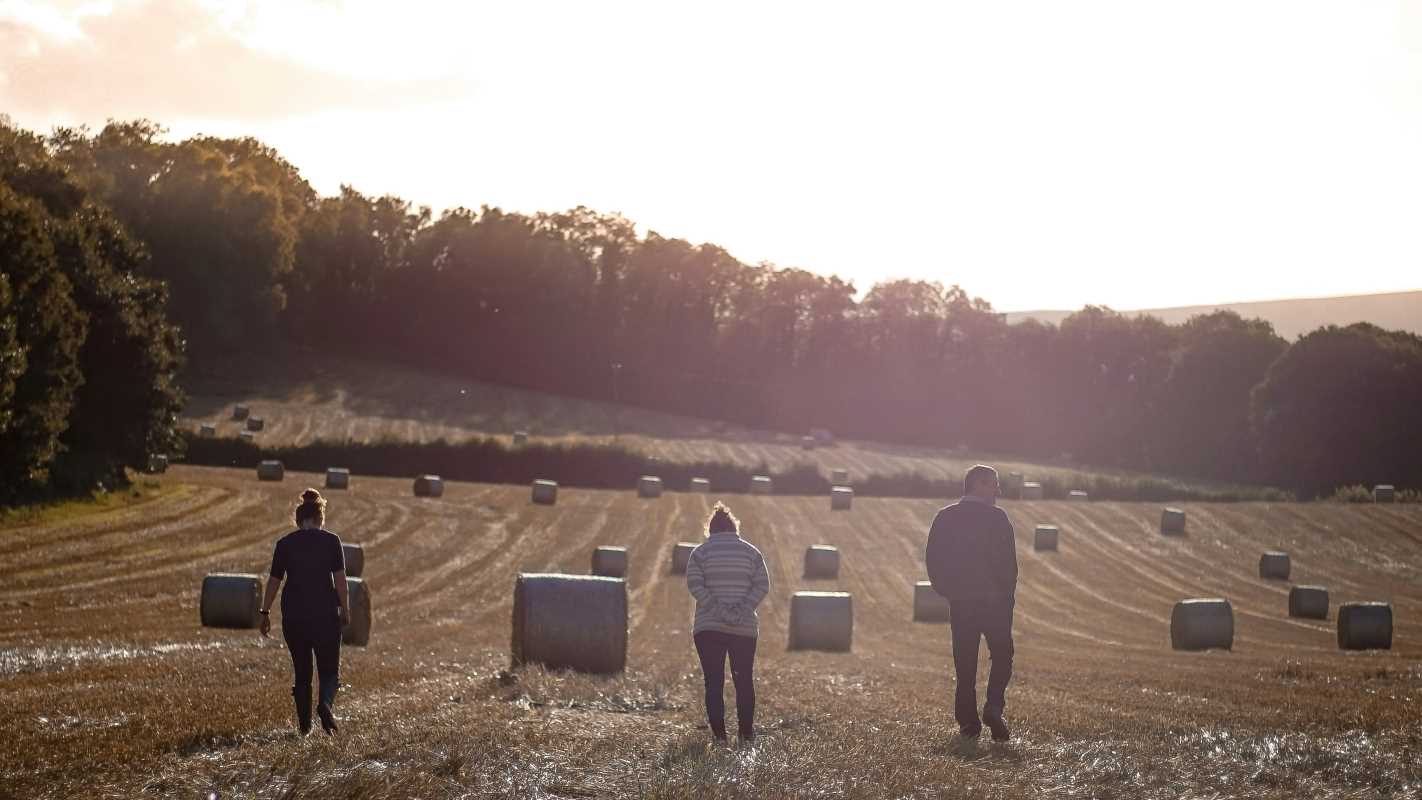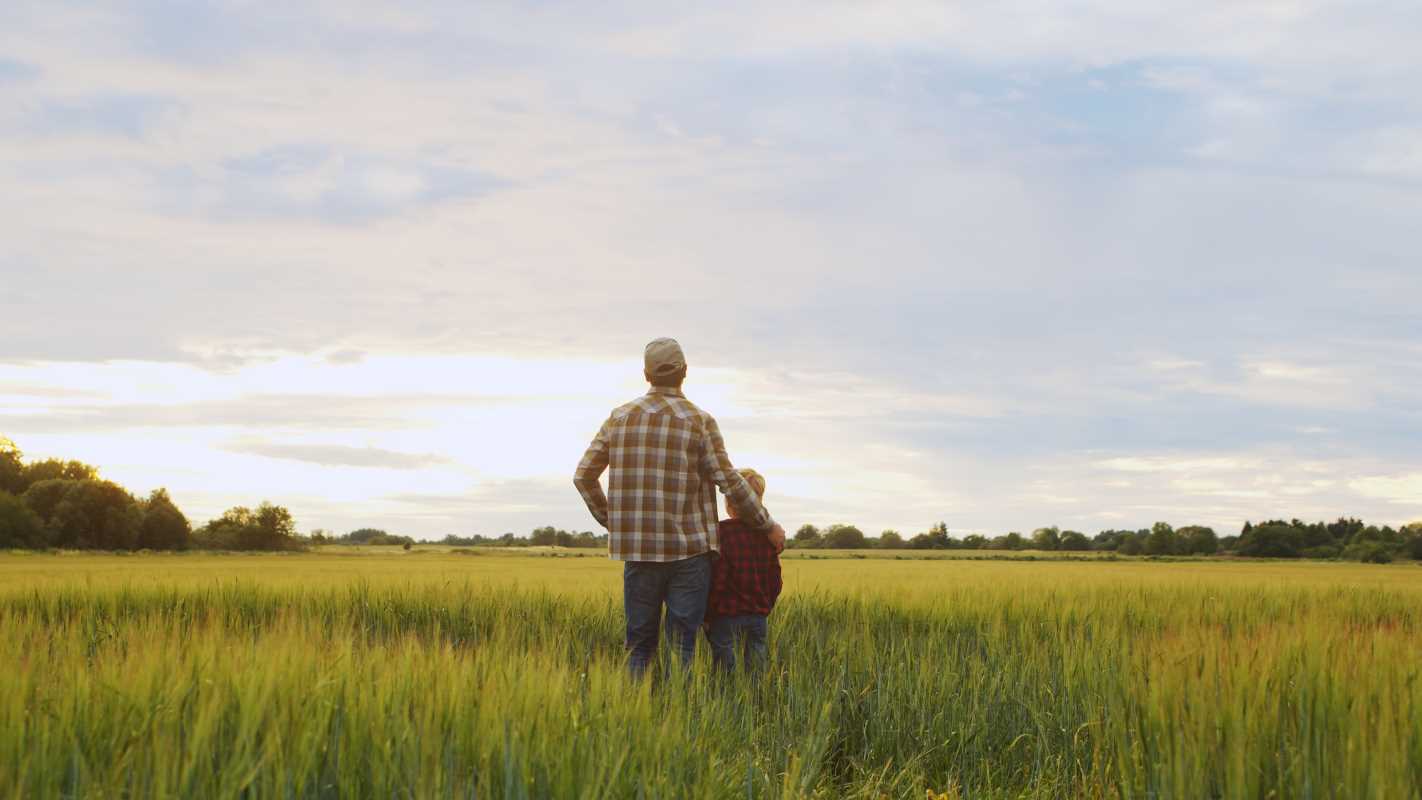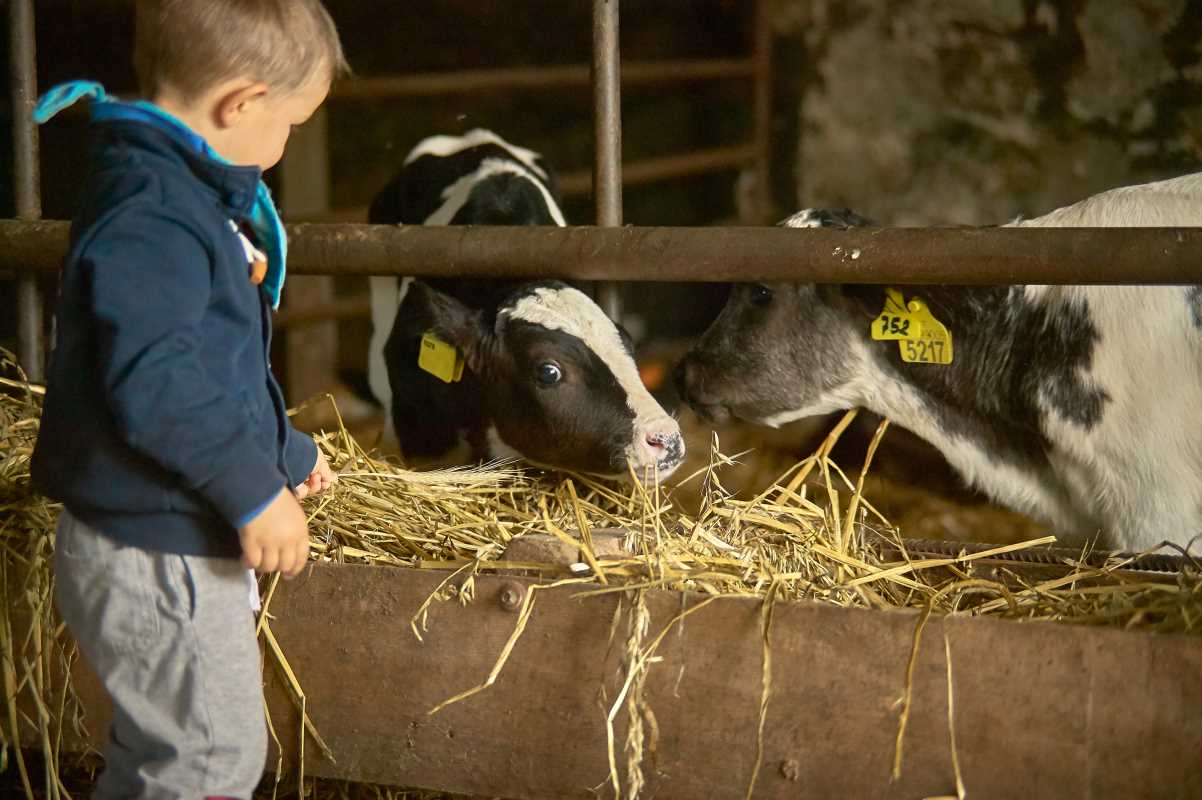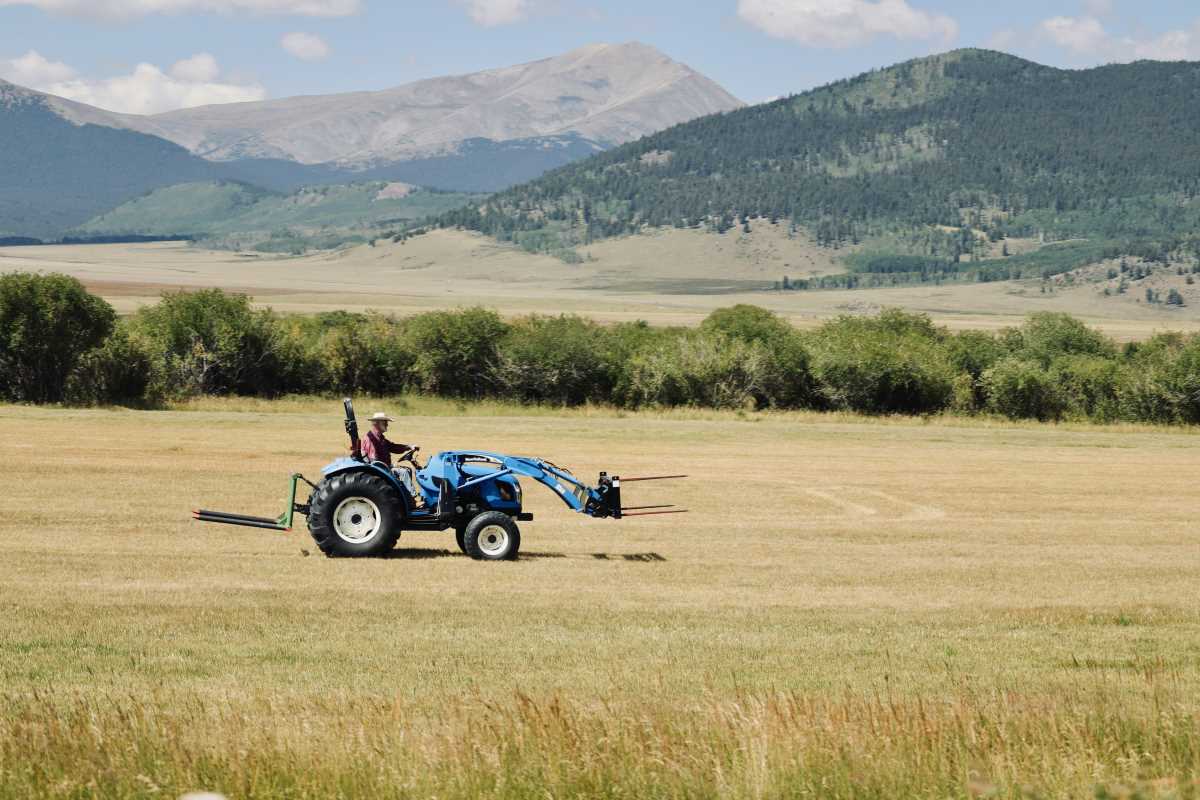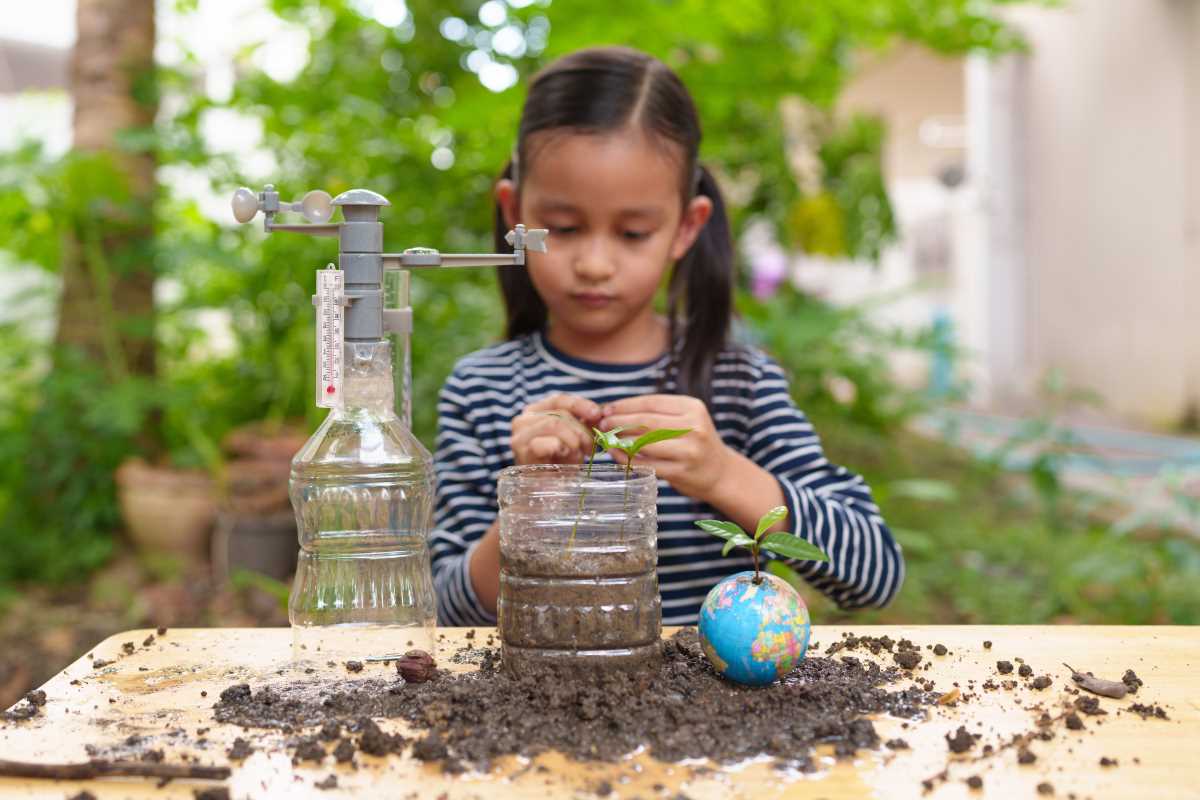Children discover new interests and skills when they join a STEM program that weaves together science and agriculture. By turning overlooked areas into gardens or small farms, this program brings science lessons to life and gives participants a chance to get their hands dirty while learning. Participants explore scientific concepts through planting, experimenting with soil, and tending crops, which makes each lesson memorable and exciting. As they solve real-world problems and watch their efforts grow, they build confidence and develop practical abilities. The combination of discovery and outdoor activity encourages a strong connection to nature and sparks curiosity about the world around them.
This initiative offers a fun way to learn about technology, sustainability, and food production. It helps build confidence and adds value to everyday life. You can create an inspiring learning journey that touches on several areas of science and agriculture by planning carefully and tapping into local resources.
Assessing Community Needs and Resources
Understanding the community's unique needs is the first step to launching a successful program. Examine your available space and resources to determine what best fits your vision. Spend time surveying the land and talking to local experts. Their first-hand knowledge about the local environment and agricultural practices makes sure the program aligns with established values and practical reality.
Use the following bullet points to review factors that matter:
- Check the size and quality of the available land for outdoor experiments.
- Identify trusted local experts who can share skills and insights.
- Gauge local interest by hosting small community meet-ups or surveys.
- Check the availability of nearby agricultural resources and farms.
- Assess the potential for indoor spaces where technology and theory can merge with practical fieldwork.
Creating a Curriculum With Agricultural Applications
Develop a curriculum that combines science, technology, and hands-on agricultural practice. Focus on active learning through experiments and projects that address real agricultural challenges. The training modules should explain basic principles in a way that is both fun and educational. Each session can include practical activities that demonstrate natural cycles and modern innovations in action.
Include topics where STEM meets agriculture. Consider this numbered list as a guide to potential modules:
- Soil analysis and sustainable farming techniques.
- Plant biology paired with environmental science to understand local ecosystems.
- Renewable energy projects that power small-scale farming equipment.
- Water management systems and irrigation models supported by technology.
- Robotics applications in automated farming tasks.
Gathering Materials and Setting Up Learning Spaces
Materials and learning environments are key to the success of any program. Allocate sections of your land for outdoor experiments, while designing indoor spaces that serve as laboratories or classrooms. Create designated areas for experiments involving soil, plant life, water systems, and renewable energy projects. Make sure each space is safe, well-organized, and equipped to handle active learning.
Keep these points in mind as you prepare your tools and supplies:
- Basic lab equipment such as microscopes, test kits, and protective gear.
- Gardening tools, seeds, and natural fertilizers for hands-on agricultural practice.
- Technology items like computers, sensors, and small robotics kits.
- Safety equipment including gloves, goggles, and first-aid supplies.
- Storage solutions to organize materials and promote responsibility among participants.
Recruiting and Engaging Youth Participants
Attracting the right participants is crucial for a lively program. Promote the opportunity through local community boards, schools, and social media. Organize introductory sessions that clearly outline the program's benefits and the exciting projects planned ahead. Offer potential participants a chance to see demonstration experiments or sample activities to spark early interest.
Keep the energy high during the program. Use interactive lessons, competitions, or challenges that stimulate curiosity and teamwork. Invite guest speakers and experts who add fresh perspectives to sessions. Celebrate small achievements to motivate ongoing participation.
Collaborating With Local Experts and Organizations
Work closely with local experts and organizations to create a rich experience. Reach out to nearby farms, agricultural supply stores, and educational institutions. These partnerships expand the resource pool and provide hands-on experiences that are both educational and fun. Local businesses often lend equipment, offer advice, or host workshops that lend credibility to the project.
Seek collaborations with individuals who excel in specific fields. Invite educators with experience in both science and agriculture to speak or lead sessions. Partner with organizations that support youth engagement initiatives. These relationships reinforce the program’s value and create a network of ongoing support.
Showcasing Projects and Celebrating Achievements
Highlighting accomplishments boosts motivation and builds community confidence in the program. Organize events where participants can display their projects and share their learning experiences. These showcases give students a chance to explain their hands-on work and celebrate milestones. A public presentation also improves communication skills and fosters community pride in the new skills acquired.
Consider these ideas for project showcases:
- Host a local exhibition featuring interactive science and agriculture displays.
- Create a community garden where students can present their sustainable techniques.
- Arrange a demonstration day, inviting friends and family to experience the projects firsthand.
- Present collaborative projects where students solve realistic challenges in modern farming.
- Organize a panel discussion with students and local experts, sharing innovations and insights.
This plan outlines clear steps to create an energetic and hands-on learning space. The process begins with careful research of available land and expertise. It then builds on developing engaging and practical curriculum and setting up conducive learning spaces. The program's success depends on careful recruitment, expert collaboration, and public showcases that foster real-world connections.
These ideas offer participants new ways to enjoy science and agriculture together. Use hands-on learning to spark curiosity and knowledge in each session.
 (Image via
(Image via